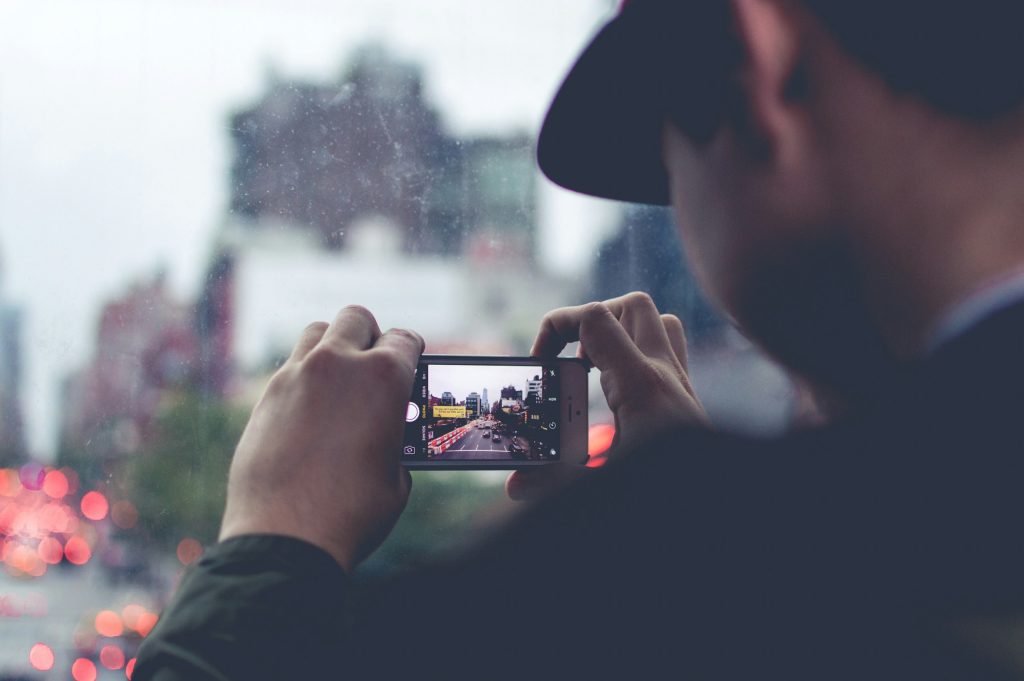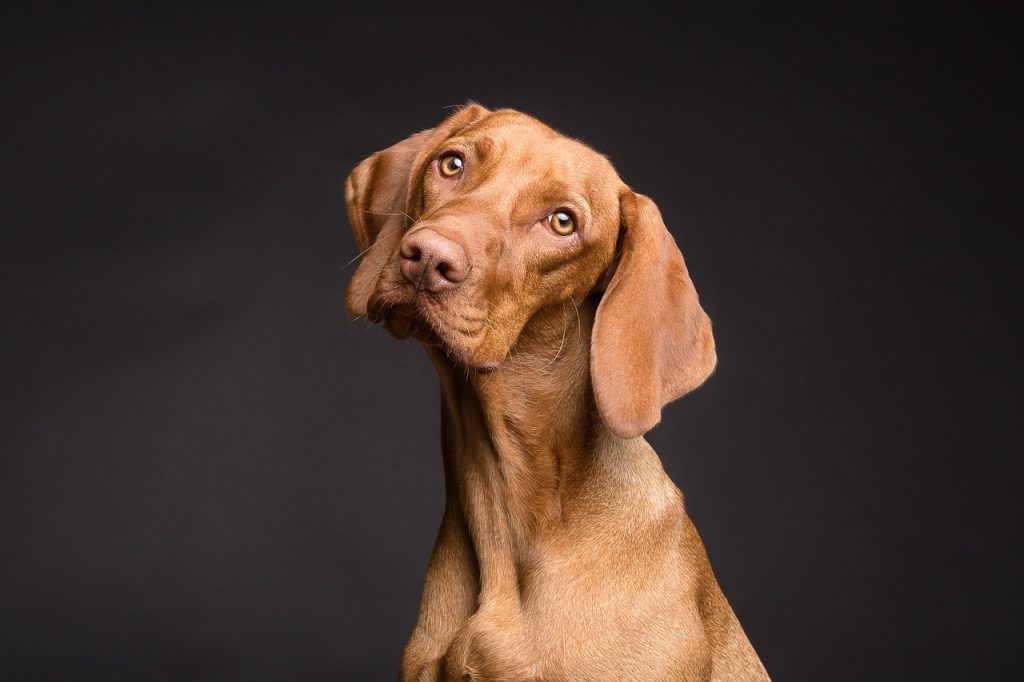Thinking about starting your own photography business or simply shooting in a studio? Studios can provide a controlled environment for your project, whether you’re shooting portraits, products, or art. But how long does it take to set up a studio?
Setting up your studio can be daunting if you’re just starting in photography. There’s a lot to consider, from finding the right location to renting equipment. And once you’ve got everything in place, there’s the actual process of setting up and breaking down the studio for each shoot.
In this guide, we’ll explain the timeline you need to get started with your studio, from the initial planning stages to the day of the shoot.

Timeline Setting For A Photo Studio
The timeline for setting up a studio photoshoot depends on the size and scope of the project. It could take a few hours for a small studio to set up lights and backdrop. A larger studio could take a day or more to set up all the equipment. The key is to have a plan and be organized, so the process goes smoothly.
Here are some factors to consider when planning your studio setup time:
- Type Of Shoot: Portraits, product photography, art photography, etc.
- Style Of The Studio: Home studio, rental studio, outdoor location, etc.
- Level Of Control: Simple setup with one light, complex setup with multiple lights and props, etc.
- Number Of Subjects: One person, multiple people, still life subjects, etc.
- Amount Of Time Available: A few hours, a day or more, etc.
- Equipment Needs: Camera, lenses, tripod, lights, backdrop, props, etc.
- Workflow Efficiency: How well you know your equipment and organisation will affect how long it takes to set up your studio.
1. Type Of Shoot
The type of shoot will have the biggest impact on how long it takes to set up your studio. For example, if you’re shooting a portrait, you’ll need to spend more time setting up lighting than if you’re shooting still life. If you’re shooting a video, you’ll need to spend more time setting up sound and ensuring everything is in place before you start filming.
2. Style Of The Studio
You can save a lot of time by setting up your studio in a way conducive to the type of shoot you’re doing. For example, if you’re shooting portraits, you’ll want to set up your studio in a way that allows you to move around easily and change lighting quickly. If you’re shooting a video, on the other hand, you’ll want to make sure your studio is set up so that everything is within reach and you won’t have to keep moving around during the shoot.

3. Level Of Control
You will have much more control over your shoot if you set up your photo studios. This will allow you to create the perfect environment for your subject and ensure everything is exactly as you want. However, this level of control comes at a price, and setting up a studio can take quite a bit of time.
If you are shooting with natural light, you must find the right location. You must set up your equipment once you have found the perfect spot. This can include tripods, lights, reflectors, and other accessories. If you are shooting indoors, you will also need to worry about setting up backdrop stands and ensuring enough space for your subject to move around.
4. Number Of Subjects
The number of subjects photographed during the shoot will affect how long it takes to set up the studio. If there is only one subject, the photographer will only need to set up a few lights and possibly a backdrop. However, if there are multiple subjects being photographed, the photographer must consider the spacing between each subject and set up lighting etc, accordingly. This could take a significant amount of time, depending on the size of the group and the desired shot.
5. Amount Of Time Available
You’ll need to factor in the available time when deciding how long it will take to set up your studio photoshoot. If you only have a few hours, you’ll need to be able to work quickly and efficiently. On the other hand, if you have all day, you can take your time and ensure everything is just perfect. In the case of larger shoots with custom scenes and complex equipment, you may need to factor in weeks!

6. Workflow Efficiency
When setting up a studio photoshoot, workflow efficiency is critical. No one wants to be wasting time fumbling around with equipment or trying to figure out the best way to set up the shot. The more efficient your workflow is, the smoother and faster the process.
There are a few things you can do to help streamline your workflow and make things run more smoothly. First, have a plan and know what you want to achieve with your shoot before you even start setting up. This will help you stay focused and avoid getting side tracked.
Next, take the time to learn your equipment inside and out. The better you know your camera, lights, and other gear, the quicker you’ll be able to set everything up and get it running smoothly.
Finally, practice, practice, practice. The more you shoot, the more comfortable you’ll become with the process, and the quicker you’ll be able to set things up and get great results.
7. Equipment Needs
Of course, the time it takes to set up a shoot will also depend on the equipment and photoshoot needs. If you’re using a simple setup with just a few lights and a couple of reflectors, it won’t take nearly as long as if you’re using a more complex studio with multiple lights and various pieces of equipment.
So, how long does it take to set up a photoshoot studio? It depends on several factors, but if you’re well-prepared and understand your equipment well, you can be up and running in no time.
These simple tips can vastly improve your workflow efficiency and make setting up for a photo shoot a breeze.

FAQs
1. How To Setup A Photoshoot?
You’ll need to do a few things to set up your photo shoot. First, find a space with good lighting and large enough to accommodate all of your equipment. Next, set up your backdrop and make sure it’s wrinkle-free.
Then, set up your camera on a tripod and adjust the settings to take pictures at the highest quality possible. Finally, arrange your props and posing areas to look their best. Once everything is in place, you’re ready to start taking some amazing photos.
2. What Are The Best Lighting Conditions For A Photoshoot?
The best lighting conditions for a photoshoot vary depending on what type of photography you’re doing. For example, if you’re shooting portraits, you’ll want to find a space with soft, diffused lighting. This can be achieved by taking pictures near a window with sheer curtains or by using studio lights fitted with soft boxes.
If you’re doing product photography, on the other hand, you’ll want to make sure there’s plenty of bright, direct light so that your photos turn out crisp and clear. Experiment with different lighting setups until you find one that works well for your photography type.
3. What Camera Settings Should I Use For A Photoshoot?
Again, the best camera settings for a photoshoot vary depending on the type of photography you’re doing. For example, if you’re shooting in RAW mode, you’ll want to use a high ISO and manually set your white balance.
If you’re shooting portraits, you’ll want to focus on getting a shallow depth of field so that your subject’s face is in sharp focus while the background is blurred. Experiment with different settings until you find ones that produce the results you’re looking for.
4. How Should I Pose My Subjects During A Photoshoot?
Posing your subjects can be one of the most challenging parts of a photoshoot, but it’s also one of the most important. The way you pose your subjects can have a big impact on the overall look and feel of your photos, so it’s important to take some time to experiment with different poses.
If you’re shooting portraits, for example, have your subject sit or stand in various positions and ask them to try out different expressions. If you’re doing product photography, on the other hand, you’ll want to make sure that your products are well-lit and arranged in an aesthetically pleasing way.
Take some time to play around with different poses and setups until you find ones that work well for the type of photo shoot.
5. What Are Some Tips For Taking Better Photos?
A few general tips will help you take better photos no matter what type of photography you’re doing. First, ensure your camera is focused before you take a picture. Second, use a tripod if possible to avoid blurry photos. Also, take plenty of pictures, and don’t be afraid to experiment with different settings and poses. And finally, remember to have fun.
Photography should be enjoyable, so don’t worry about getting everything perfect. Just relax and have fun with it, and you’ll be sure to take some fantastic photos.
Summing Up
In conclusion, the time frame depends on the size and scope of your project. If you’re setting up a small studio for personal use, it could take as little as a few hours. However, if you’re setting up a larger studio for commercial use, it could take days or weeks to get everything set up the way you want.
Either way, taking your time and ensuring everything is perfect before you start shooting is essential. Otherwise, you’ll just end up frustrated and wasting time.



